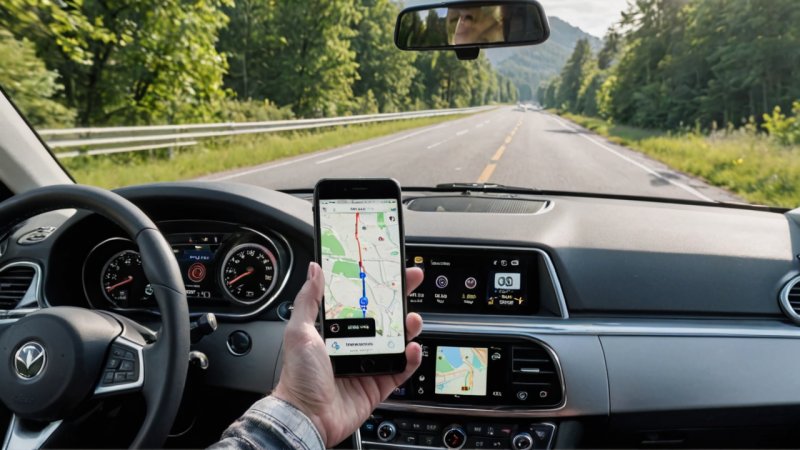Introduction
In today's fast-paced world, staying connected while on the road is often necessary. However, using your phone while driving can be risky. This article will guide you through safe practices for using your phone while driving, ensuring that you can stay in touch without compromising your safety or the safety of others.
Step 1: Understand the Risks
Before you use your phone in the car, it's crucial to recognize the dangers associated with it. Distracted driving is a leading cause of accidents, and using your phone can take your attention away from the road. Here are some risks to consider:
- Reduced Reaction Time: Using your phone can delay your reactions to sudden changes in traffic.
- Increased Accident Risk: Texting or browsing can lead to collisions, putting you and others at risk.
- Legal Consequences: Many regions have laws against phone use while driving, leading to fines or penalties.
Step 2: Set Up Hands-Free Options
One of the safest ways to use your phone while driving is to set up hands-free options. Follow these steps:
- Enable Voice Commands: Activate voice control features on your smartphone. Most devices have built-in assistants (like Siri or Google Assistant) that allow you to make calls, send texts, and get directions hands-free.
- Connect to Your Car: If your car supports Bluetooth, pair your phone with it. This allows you to make and receive calls through your car's speakers.
- Invest in a Mount: Consider using a phone mount to keep your device in a visible and accessible location. Ensure it doesn’t obstruct your view of the road.
Step 3: Plan Your Route in Advance
Before you start driving, take a moment to plan your route. This minimizes the need to interact with your phone while driving:
- Use Navigation Apps: Open navigation apps before you hit the road to set your destination.
- Check Traffic Updates: Look up current traffic conditions to avoid delays and reroute if necessary.
- Familiarize Yourself: If you're going to a new location, familiarize yourself with the area beforehand to reduce the need for navigation assistance.
Step 4: Know When to Avoid Your Phone
There are times when you should avoid using your phone altogether:
- High Traffic Areas: In busy traffic, it's best to keep your phone away to maintain full concentration.
- Complex Intersections: When navigating complex road situations, avoid distractions.
- Weather Conditions: In bad weather, focus solely on driving without distractions.
Step 5: Educate Passengers
Your passengers can help you stay focused while driving. Here’s how:
- Communicate Expectations: Let your passengers know that you prefer not to use your phone while driving.
- Delegate Tasks: Ask a passenger to handle calls or texts for you if necessary.
- Set Boundaries: Encourage a conversation about distractions to maintain a safe driving environment.
Summary
Using your phone while driving can be safe if approached responsibly. Remember to understand the risks, set up hands-free options, plan your route in advance, avoid distractions in critical situations, and educate your passengers. By following these steps, you can stay connected while prioritizing safety on the road.
Final Advice: Always prioritize safety over connectivity. If a situation demands your full attention, it’s best to pull over safely before using your phone.






